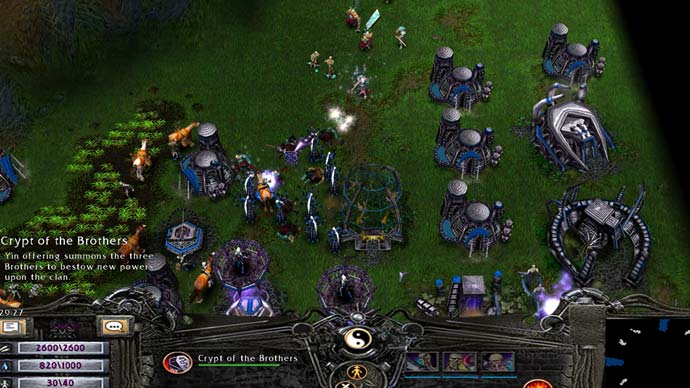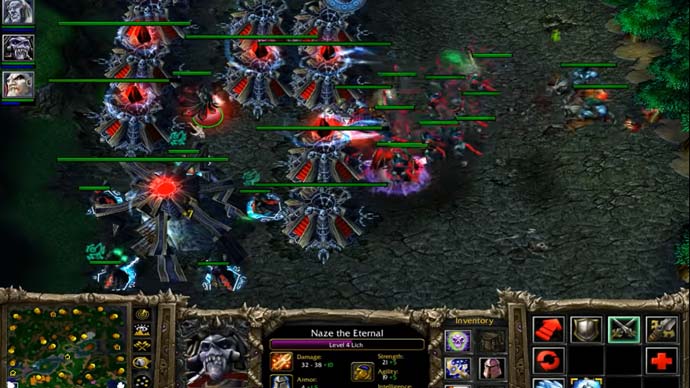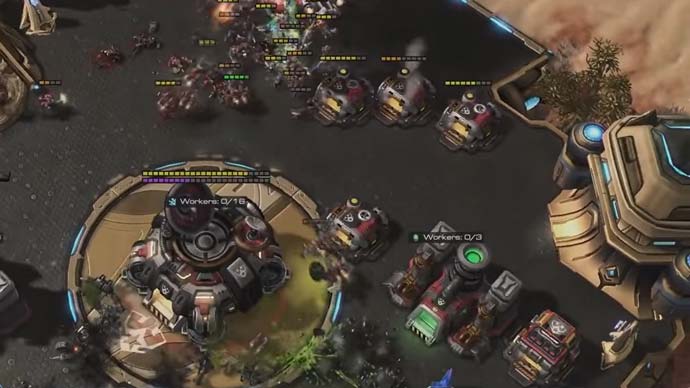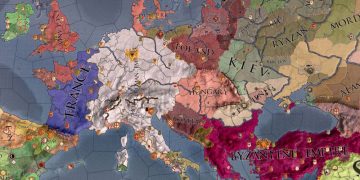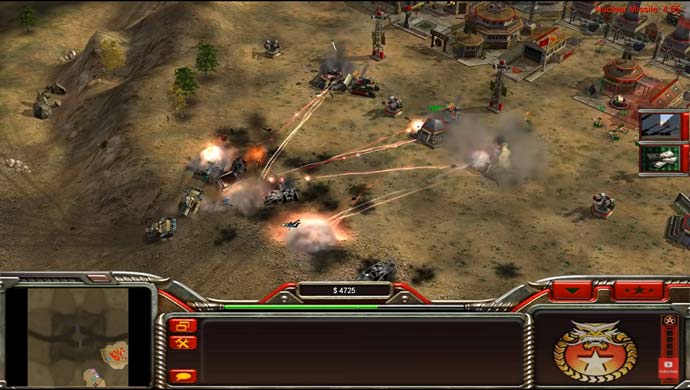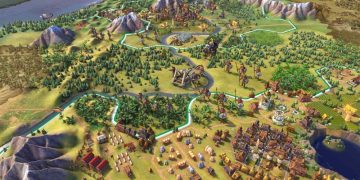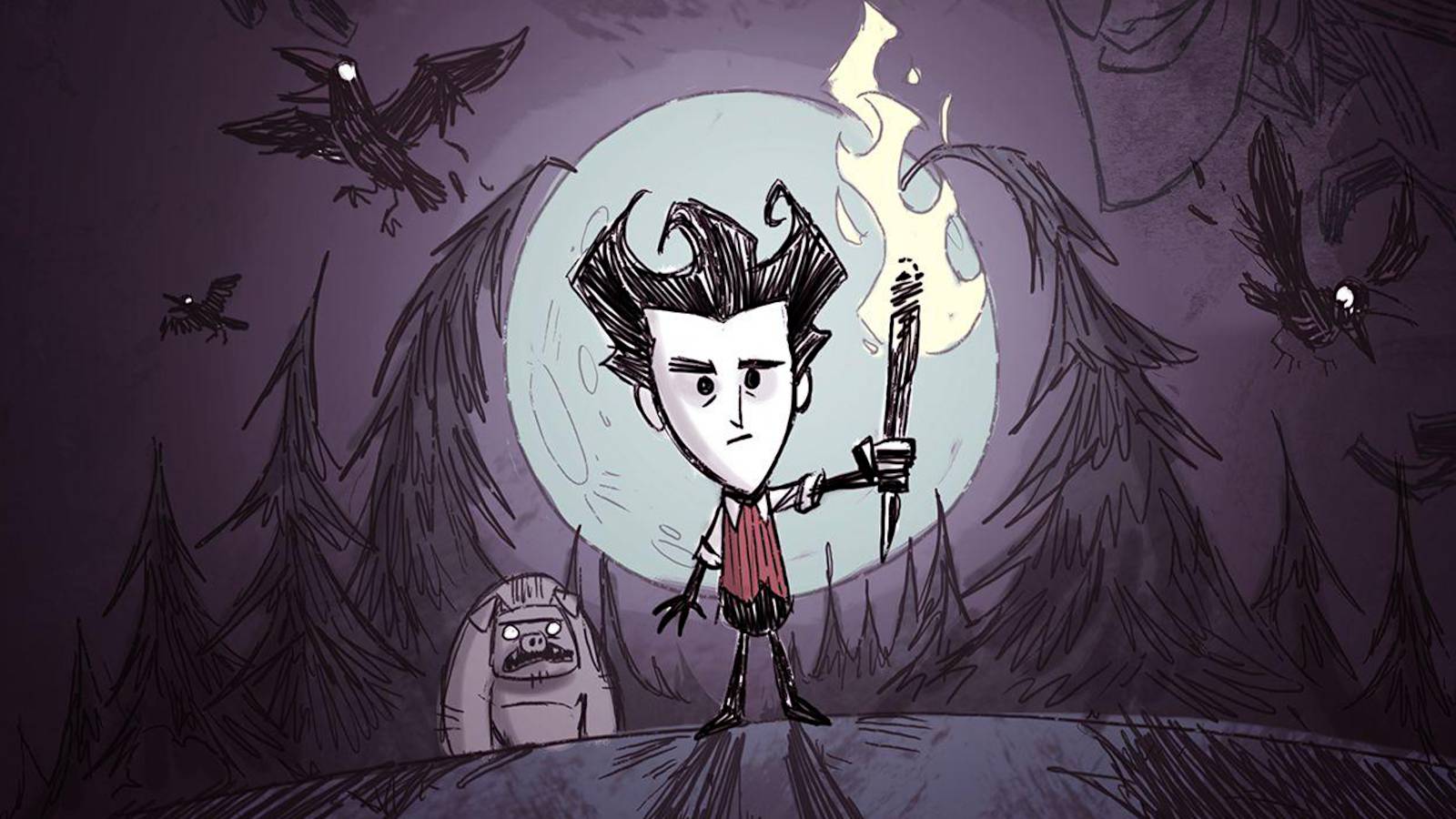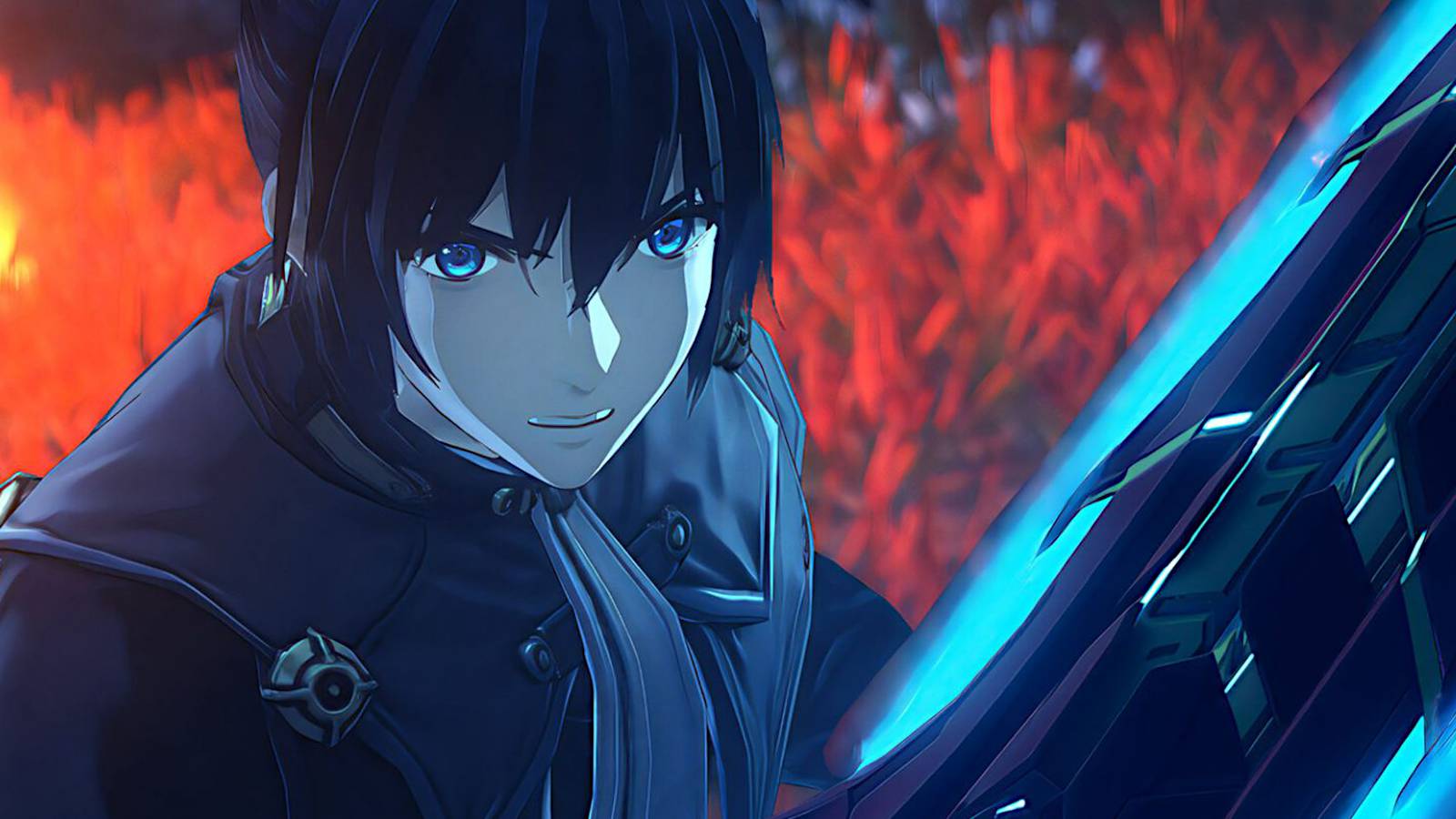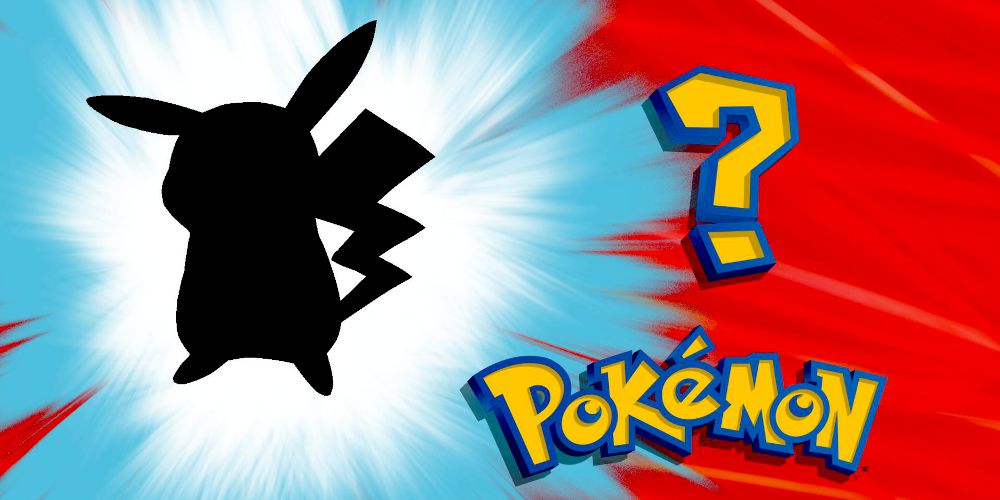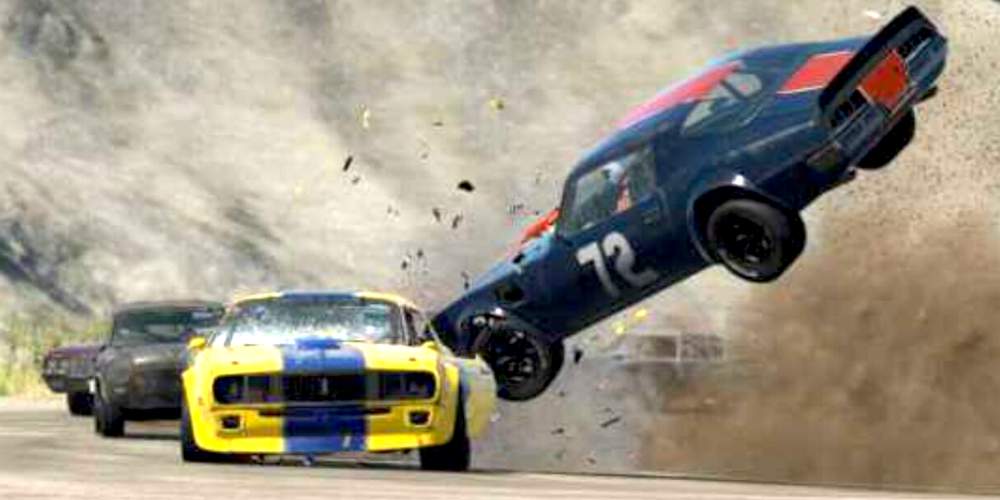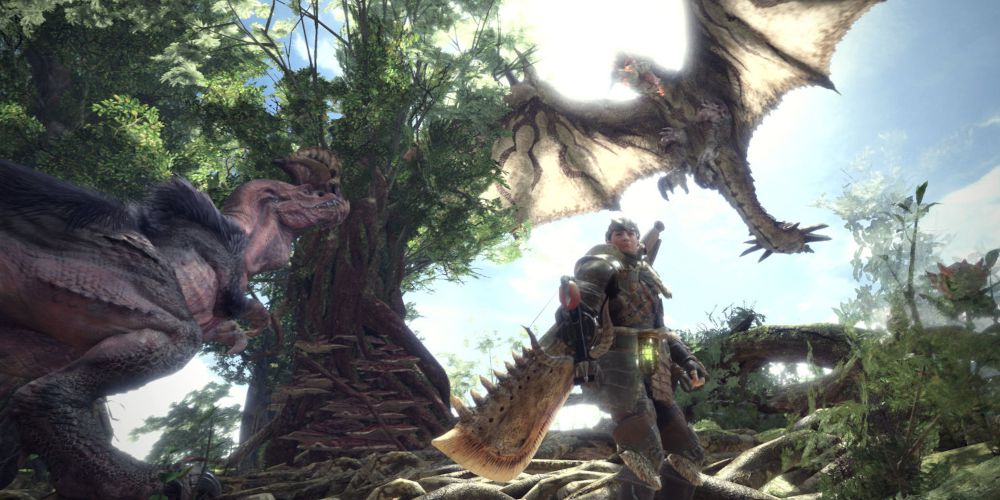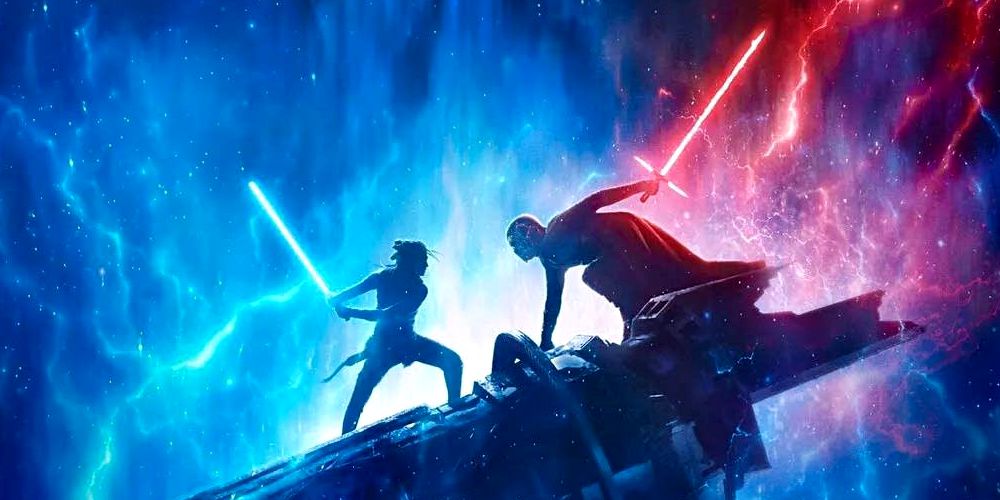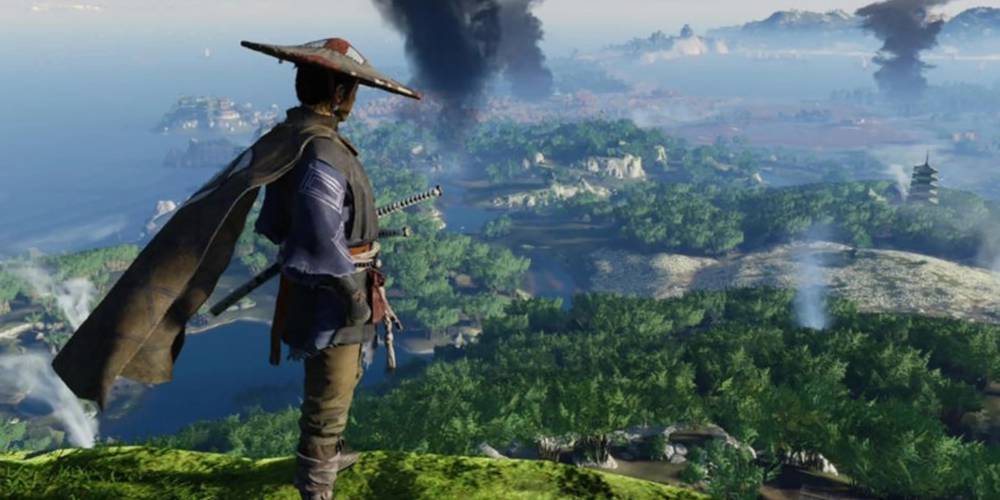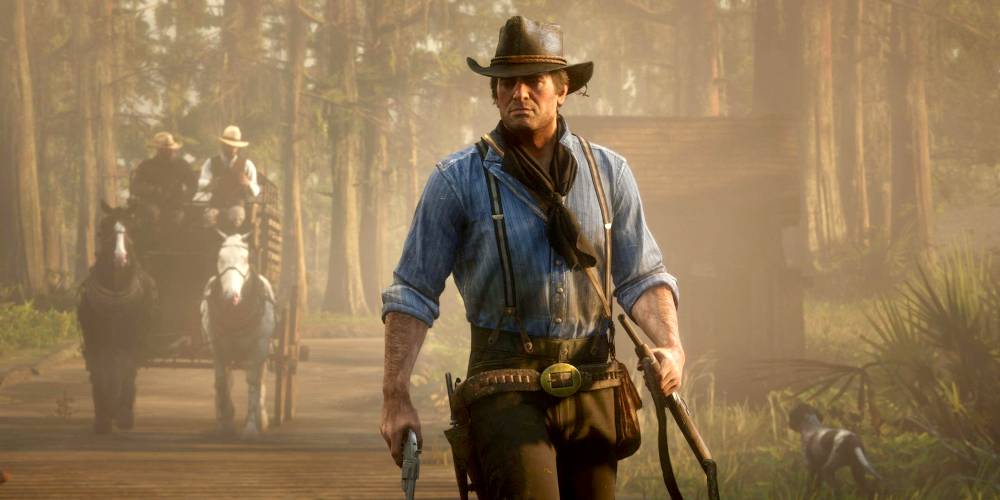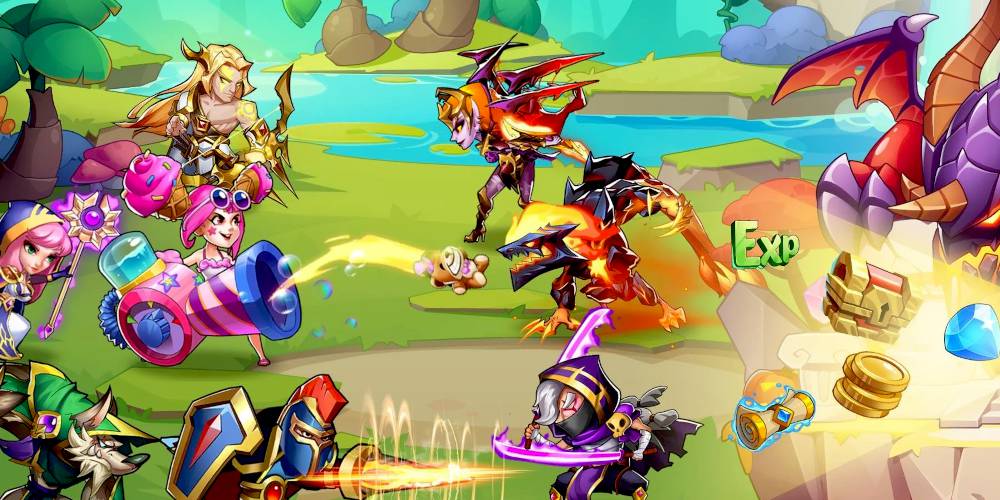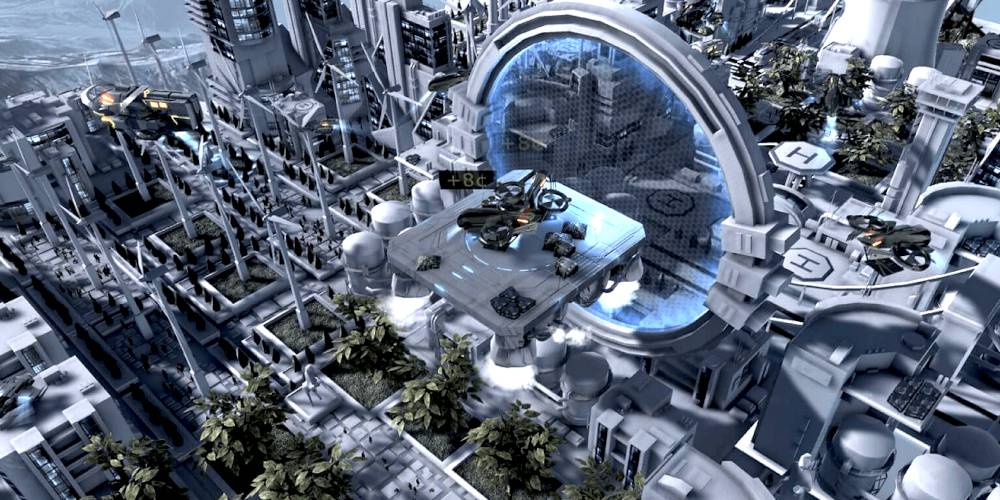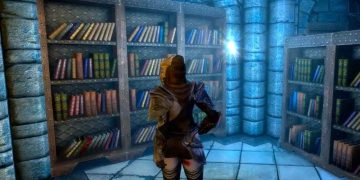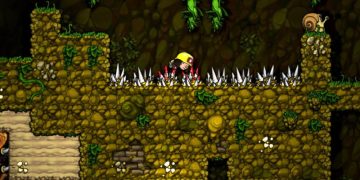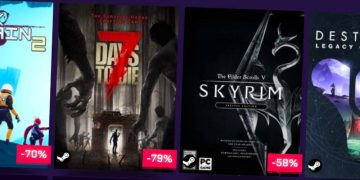The Key Elements of RTS Games
All real-time strategy games share many elements in common, although they can be tweaked per any given developer’s preferences. Here are some of the more fundamental elements in real-time strategy games.
Whether it’s Gold, Minerals, Coins, Diamonds, or whatever else, in-game resources are needed as currency for building structures, training units, and purchasing upgrades.
More complex RTS games have multiple resource types, such asWarcrafthaving both gold and lumber orStarCrafthaving both minerals and gas. Either way, most RTS games have limited resources so players can’t just farm forever—they have to act before they run out.
RTS games feature all kinds of buildings for different purposes: creating units, researching upgrades, increasing how much of a resource can be gathered, defensive structures that attack enemies, etc.
Depending on the game, there may also be neutral buildings on the map that can be taken over during gameplay to grant special bonuses.
Units are the characters that a player can control, whether individually or as a group. Players may or may not be limited in how many units they can control at once—whileStarCrafthas a 12-unit selection limit,Command & Conquerallows unlimited unit selection.
Most RTS games feature different types of units with their own strengths and weaknesses, including melee strikers, fragile snipers, slow-moving nuclear tanks, expensive flying starships, etc. Some units can only be created once, or they may have a time-limited lifespan.
A lot of strategy comes from composing a skirmish and controlling the units for optimal damage. For example, the frontline might consist of hard melee units with lots of armor and HP, who are supported by fragile long-ranged snipers from a distance.
The map is where each real-time battle occurs. Each player starts in one of many predetermined spots on the map when the game begins, and part of the game involves scouting out where the opponent(s) could be.
Every map is designed differently, leading to different kinds of optimal strategies. For example, one map might have lots of high ground that can be used for vision and defense, while another map might have lots of chokepoints that can make flanking strategies difficult.
The Best RTS Games of All Time
With the popularity ofClash of Clansand other similar mobile games, RTS games have been given a new spin with a move toward “persistent world” systems—the game continues even when a player is offline.
But we aren’t looking at those games in this article. We’re focusing on old-school and traditional RTS games where each battle is a self-contained experience.Here are our picks for the best real-time strategy games of all time.
Battle Realmsis a fantasy-themed RTS game by Liquid Entertainment with a touch of Eastern culture.
The story revolves around the war between the Dragon, Lotus, Wolf, and Serpent clans, involving units like ninjas, monks, and samurai, with each clan having their own different units and unique specialties.
Unlike other RTS games that produce specific combat units,Battle Realmshas peasants (the main unit for gathering resources) trained up in different ways to become stronger, faster, and combat-ready units.
The game interface is user-friendly and easy to learn, with a simple tutorial option that teaches the basics of the game. You can also play the game in multiplayer mode along with up to seven other players, or you can play it in its single-player story mode.
The story mode follows the story of Kenji, the exiled son of Lord Oja. Depending on your choices, the story goes through different levels and narratives. TheWinter of the Wolfexpansion pack follows the story of Grayback and the Wolf clan’s rebellion against the corrupted Lotus clan.
Long before we were introduced to the MOBA modDefense of the Ancient(DotA), we had hours and hours of fun withWarcraft III: Reign of Chaosand its real-time strategy gameplay.
This game was the third game in theWarcraftfranchise by Blizzard Entertainment, which was graphically enhanced and more appealing to play than its predecessor. The gameplay features four playable factions: Orcs, Humans, Night Elves, and Undead.
One feature that was unique at the time gave each player a Hero character that could level up, acquire items, and upgrade unique abilities to be used on the battlefield. This RPG-esque gameplay set it apart from other RTSes and gave it lots of replayability.
StarCraft II, also by Blizzard Entertainment, is a futuristic and space-punk game that features a beyond-Earth story and settings. It’s also a more refined version of its predecessor (1998’sStarCraft) with more appealing graphics. Its story is set four years following the first game’s plot.
The game also features playable factions and their battle for dominance in space using military strategies, much likeWarcraft III: Reign of Chaosexcept set in outer space and not in a fantasy world.
Related:The Best Free Single-Player PC Games You Can Play Offline
If you’re into realistic gameplay,Command & Conquer: Generalsis for you. It features the US military (with advanced weaponry), China (with nuclear weapons), and the Global Liberation Army (a fictional terrorist group specialized in bioweapons).
Like most RTS games, each faction has its own specialty and its own unique units and structures that can counter the other factions.Command & Conquer: Generalsfeatures limited resources to gather and you’ll need to wisely keep away from enemy hackers and thieves.
Read next:The Best PC Strategy Games of the 2010s
1. Resources
Whether it’s Gold, Minerals, Coins, Diamonds, or whatever else, in-game resources are needed as currency for building structures, training units, and purchasing upgrades.
More complex RTS games have multiple resource types, such asWarcrafthaving both gold and lumber orStarCrafthaving both minerals and gas. Either way, most RTS games have limited resources so players can’t just farm forever—they have to act before they run out.
2. Buildings
RTS games feature all kinds of buildings for different purposes: creating units, researching upgrades, increasing how much of a resource can be gathered, defensive structures that attack enemies, etc.
Depending on the game, there may also be neutral buildings on the map that can be taken over during gameplay to grant special bonuses.
3. Units
Units are the characters that a player can control, whether individually or as a group. Players may or may not be limited in how many units they can control at once—whileStarCrafthas a 12-unit selection limit,Command & Conquerallows unlimited unit selection.
Most RTS games feature different types of units with their own strengths and weaknesses, including melee strikers, fragile snipers, slow-moving nuclear tanks, expensive flying starships, etc. Some units can only be created once, or they may have a time-limited lifespan.
A lot of strategy comes from composing a skirmish and controlling the units for optimal damage. For example, the frontline might consist of hard melee units with lots of armor and HP, who are supported by fragile long-ranged snipers from a distance.
4. Map
The map is where each real-time battle occurs. Each player starts in one of many predetermined spots on the map when the game begins, and part of the game involves scouting out where the opponent(s) could be.
Every map is designed differently, leading to different kinds of optimal strategies. For example, one map might have lots of high ground that can be used for vision and defense, while another map might have lots of chokepoints that can make flanking strategies difficult.
With the popularity ofClash of Clansand other similar mobile games, RTS games have been given a new spin with a move toward “persistent world” systems—the game continues even when a player is offline.
But we aren’t looking at those games in this article. We’re focusing on old-school and traditional RTS games where each battle is a self-contained experience.Here are our picks for the best real-time strategy games of all time.
4. Battle Realms
Battle Realmsis a fantasy-themed RTS game by Liquid Entertainment with a touch of Eastern culture.
The story revolves around the war between the Dragon, Lotus, Wolf, and Serpent clans, involving units like ninjas, monks, and samurai, with each clan having their own different units and unique specialties.
Unlike other RTS games that produce specific combat units,Battle Realmshas peasants (the main unit for gathering resources) trained up in different ways to become stronger, faster, and combat-ready units.
The game interface is user-friendly and easy to learn, with a simple tutorial option that teaches the basics of the game. You can also play the game in multiplayer mode along with up to seven other players, or you can play it in its single-player story mode.
The story mode follows the story of Kenji, the exiled son of Lord Oja. Depending on your choices, the story goes through different levels and narratives. TheWinter of the Wolfexpansion pack follows the story of Grayback and the Wolf clan’s rebellion against the corrupted Lotus clan.
3. Warcraft III: Reign of Chaos
Long before we were introduced to the MOBA modDefense of the Ancient(DotA), we had hours and hours of fun withWarcraft III: Reign of Chaosand its real-time strategy gameplay.
This game was the third game in theWarcraftfranchise by Blizzard Entertainment, which was graphically enhanced and more appealing to play than its predecessor. The gameplay features four playable factions: Orcs, Humans, Night Elves, and Undead.
One feature that was unique at the time gave each player a Hero character that could level up, acquire items, and upgrade unique abilities to be used on the battlefield. This RPG-esque gameplay set it apart from other RTSes and gave it lots of replayability.
2. StarCraft 2: Wings of Liberty
StarCraft II, also by Blizzard Entertainment, is a futuristic and space-punk game that features a beyond-Earth story and settings. It’s also a more refined version of its predecessor (1998’sStarCraft) with more appealing graphics. Its story is set four years following the first game’s plot.
The game also features playable factions and their battle for dominance in space using military strategies, much likeWarcraft III: Reign of Chaosexcept set in outer space and not in a fantasy world.
Related:The Best Free Single-Player PC Games You Can Play Offline
1. Command & Conquer: Generals
If you’re into realistic gameplay,Command & Conquer: Generalsis for you. It features the US military (with advanced weaponry), China (with nuclear weapons), and the Global Liberation Army (a fictional terrorist group specialized in bioweapons).
Like most RTS games, each faction has its own specialty and its own unique units and structures that can counter the other factions.Command & Conquer: Generalsfeatures limited resources to gather and you’ll need to wisely keep away from enemy hackers and thieves.
Read next:The Best PC Strategy Games of the 2010s



![]()
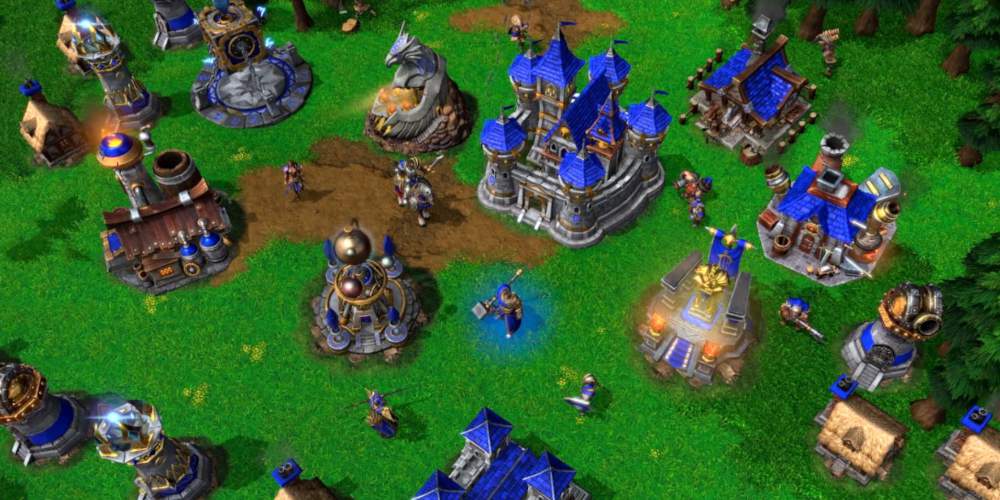
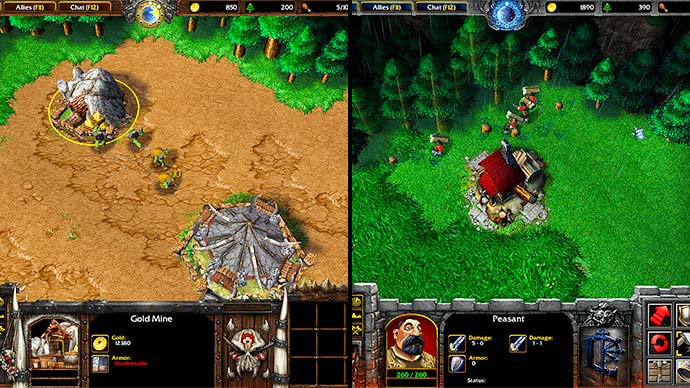
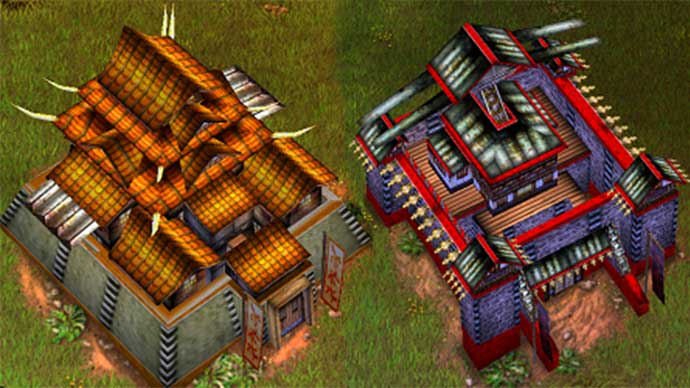
Battle Realms
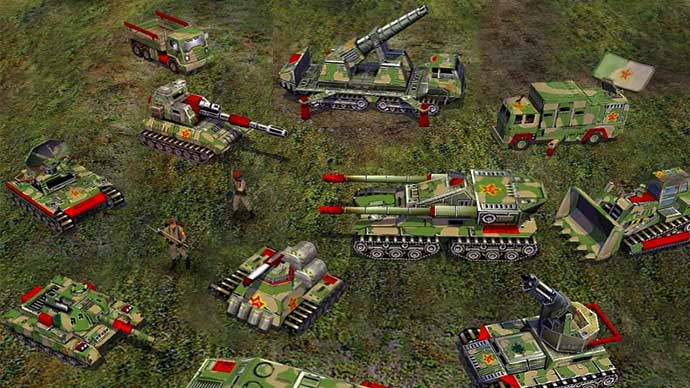
Command & Conquer: Generals
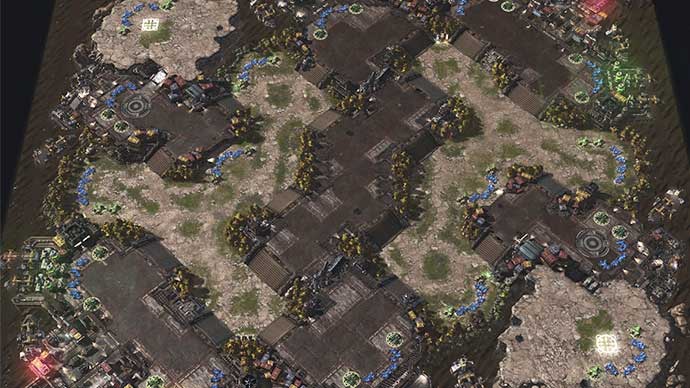
StarCraft II
